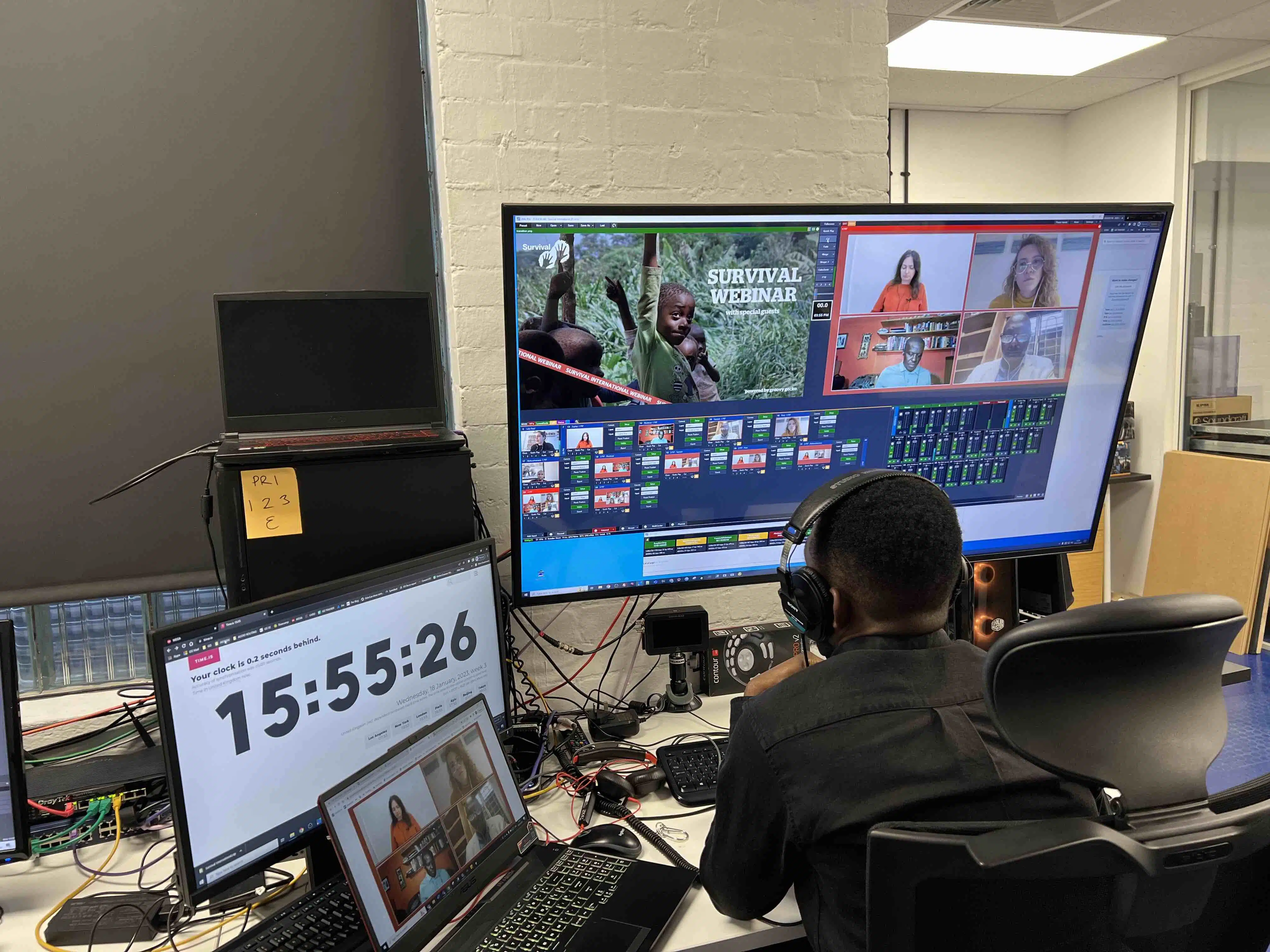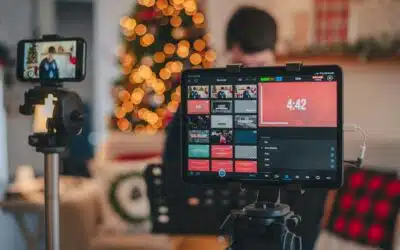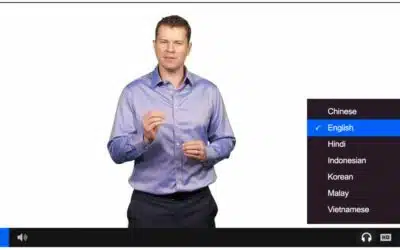In the age of global connectivity, reaching a broader audience has never been more accessible. One key aspect driving this accessibility is multi language live streaming. Let’s explore this trend, and why it’s a crucial feature for businesses, event managers, and live streaming providers seeking to create a universal impact.
Importance of Multi Language Live Streaming
Reaching a Wider Audience
With the capability to translate content in various languages, multi language live streaming allows businesses to tap into international markets. It helps in breaking down the language barriers that often limit the reach of content, expanding the potential viewer base.
Enhancing Viewer Engagement
Providing content in a language that the viewer understands not only attracts more viewers but also boosts engagement. It fosters a deeper connection, encourages participation, and enhances the overall viewing experience.
Building a Global Brand Presence
For businesses looking to establish themselves globally, offering content in multiple languages is essential. It shows cultural sensitivity, inclusiveness, and a genuine desire to engage with diverse audiences.

Technology Behind Multi Language Streaming
Translation and Subtitling Tools
The foundation of multi language live-streaming lies in the translation and subtitling tools. These include both real-time translation for live events and pre-translated content for scheduled broadcasts.
Synchronization and Integration
Ensuring that the translated content syncs perfectly with the original is crucial. Technologies that seamlessly integrate translation without lag or misalignment are key.
Quality and Accessibility Considerations
The translation should not only be accurate but also of high quality and easily accessible. From the choice of fonts for subtitles to the clarity of dubbed audio, every detail matters.
How to Implement Multi Language Streaming in Your Events
Selecting the Right Languages
Understanding the target audience’s language preferences is vital. Market research, demographics analysis, and considering cultural nuances can guide the selection.
Collaboration with Translators
Professional translators and interpreters ensure the accuracy of translation. Collaborating with skilled language experts guarantees that the content conveys the intended message.
Utilising Technology and Tools
From AI-powered translation tools to professional subtitling software, utilising the right technology ensures efficient and effective multi language live streaming.
Best Practices in Multi Language Online Event Production
Preparing Content for Various Languages
Content should be created with translation in mind. Avoiding cultural pitfalls, recognising symbolism, and adapting content to cultural contexts are vital.
Testing and Quality Assurance
Before going live, rigorous testing ensures that the translation aligns with the video, subtitles are correctly positioned, and the sound quality is optimal.
Continuous Improvement and Feedback
Constant monitoring, gathering viewer feedback, and making ongoing improvements ensures the content remains engaging and relevant.
Case Studies of Multi Language Live Streaming Successes
Roche’s 125-Year Anniversary Celebration
Roche, a leading pharmaceutical company, utilised multi language live streaming to celebrate its 125-year anniversary. They hosted a global live event translated into multiple languages, allowing employees from different parts of the world to participate and engage. The success of this event demonstrated the power of multi language live streaming in connecting a global workforce, fostering unity, and celebrating a significant milestone.
Allergan’s Series of Webcasts
Allergan has successfully implemented a series of webcasts using multi language live streaming. These webcasts targeted healthcare professionals across Europe and were conducted in various languages. This strategy enhanced engagement, made information accessible to a broader audience, and showcased the effectiveness of using multi language streaming to reach specific professional communities.
Examples from Various Industries
From international conferences to global product launches, multi language live streaming has proven to be successful across industries.
Lessons Learned and Successful Strategies
The case studies of Roche and Allergan reveal the importance of detailed planning, collaboration with skilled translators, and investment in quality technology. They show how global reach can be achieved by considering the linguistic and cultural needs of the target audience.
Future Trends and Opportunities
As technology advances, so does the potential for more sophisticated and accessible multi language streaming solutions. Live multi language translation, aided by AI and machine learning, is set to revolutionise how content is consumed globally.
Conclusion
Brand activation services can create memorable experiences that engage consumers and foster brand loyalty. By understanding your target audience, choosing the right activation channels, designing engaging activations, and tracking success, businesses can create meaningful brand experiences. The impact of a well-executed brand activation is profound and enduring, echoing in the minds of consumers long after the event concludes.
get in touch.
read more.
Why London’s Top Live Streaming Services Are in High Demand
In the heart of London, a digital revolution is underway. The city's live streaming services are gaining unprecedented popularity, reshaping the way we think about digital communication and events. This surge in demand is not just a fleeting trend but a fundamental...
Embracing Global Diversity with The Power of Multi-Language Live Streaming
In an increasingly interconnected world, the demand for multi-language live streaming is more pronounced than ever. This technology has the potential to transcend geographical and linguistic barriers, making events universally accessible and engaging. Let's delve into...
Behind the Lens: Exploring Innovative Strategies of Web Streaming Specialists
In the fast-paced realm of digital media, web streaming specialists stand at the forefront of innovation and audience engagement. Their role in sculpting the digital landscape of today’s streaming content is pivotal. This blog delves into the world of these...




